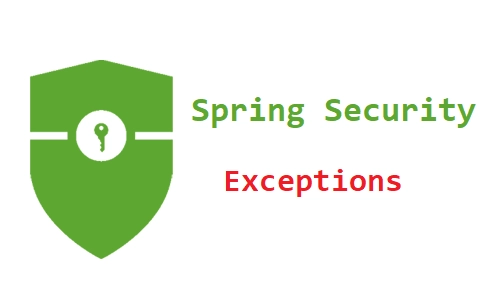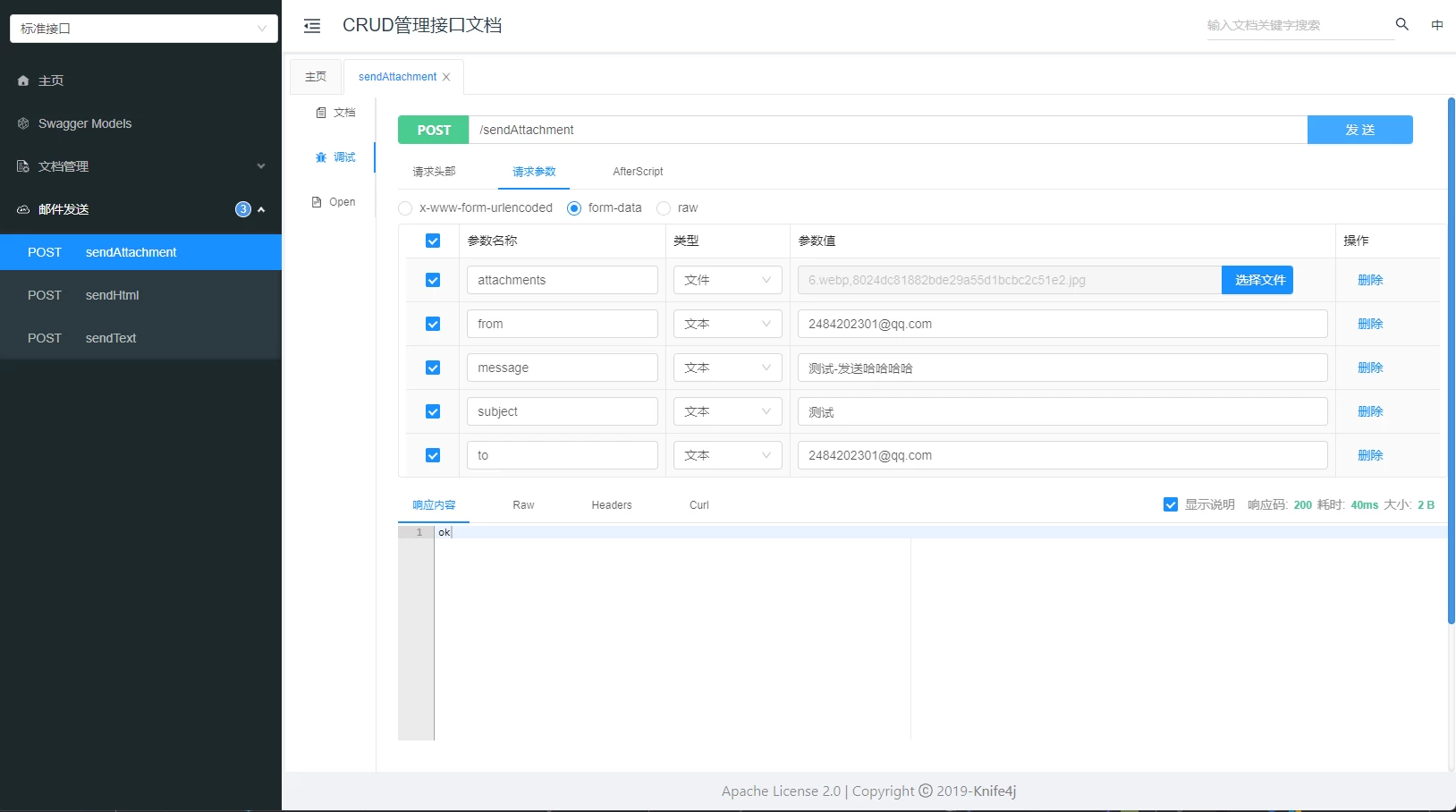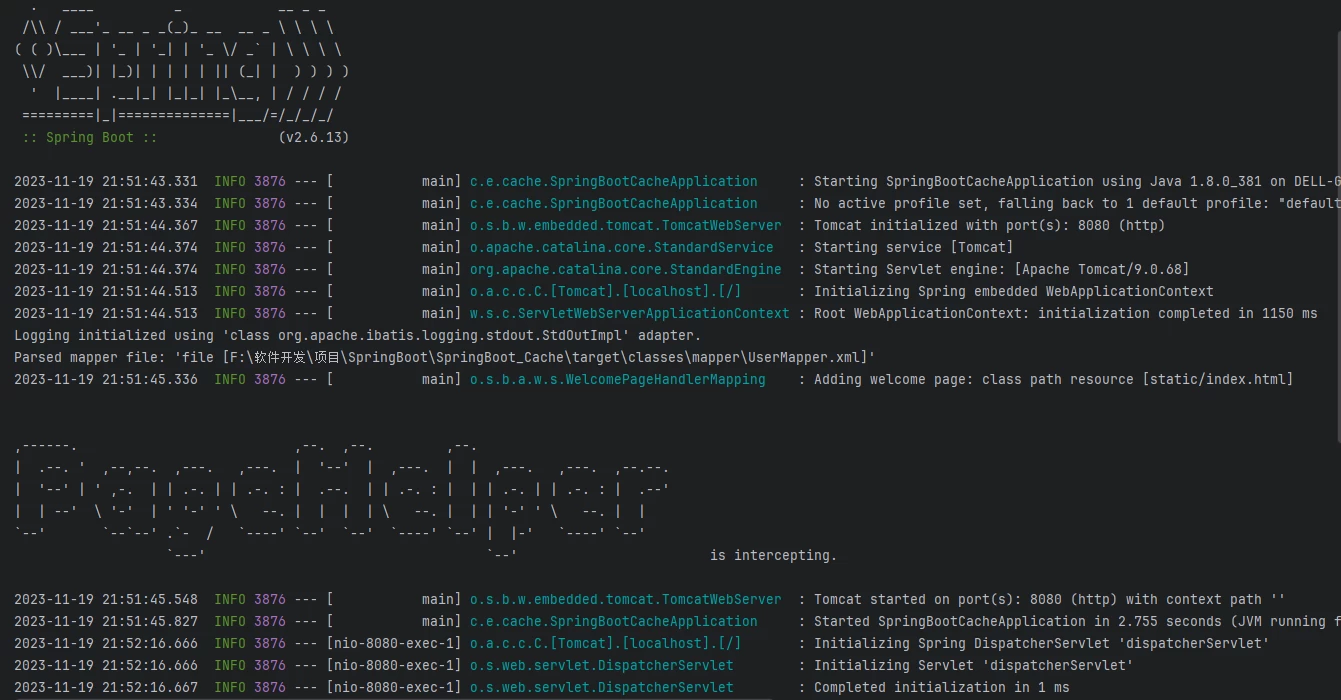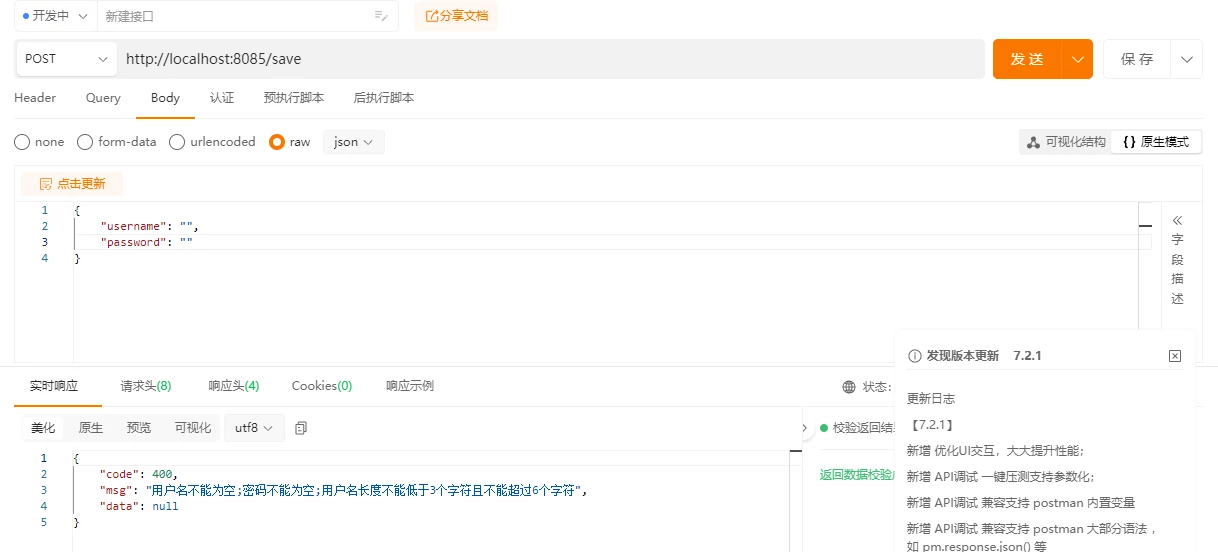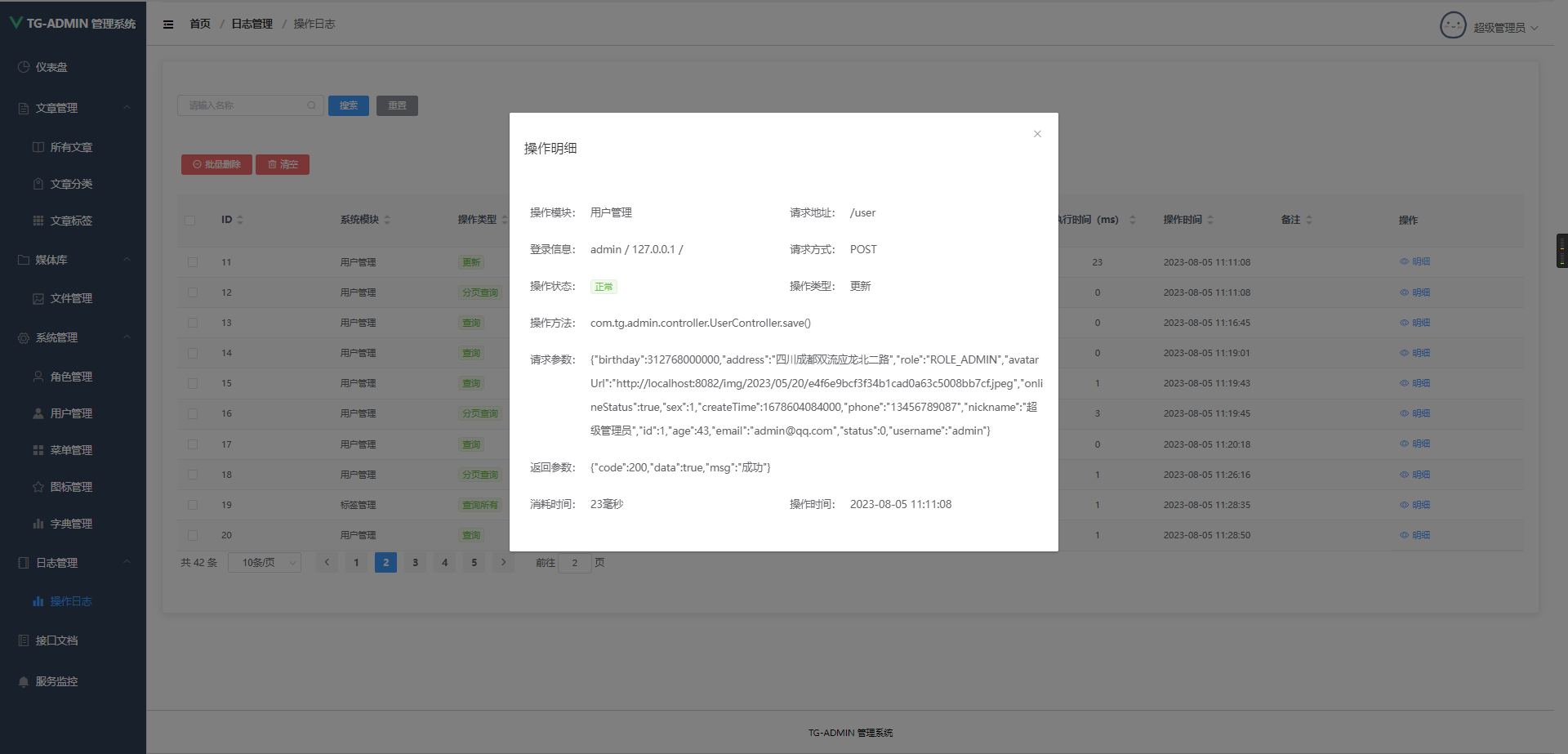SpringBoot整合SpringSecurity
本文最后更新于2024.04.23-04:23,某些文章具有时效性,若有错误或已失效,请在下方留言或联系涛哥。
什么是SpringSecurity?
Spring Security是Spring提供的一套web的应用安全性的完整解决方案。
SpringSecurity采用责任式链的设计模式,它的核心是一组过滤器链。
主要包括:
- 认证(Authentication):什么是认证?简单的说就是检验某个用户是否为系统合法用户,需要用户提供用户名和密码进行校验当前用户能否访问系统。
- 授权(Authorization):就是当前用户?是否具有某种权限来进行某种操作。
SpringSecurity的认证流程
- 用户在浏览器中访问一个需要认证的URL。
- Spring Security会检查用户是否已经被认证(即是否已登录)。如果用户已经认证,那么他们可以正常访问该URL。如果用户未被认证,那么他们将被重定向到loginPage()对应的URL,通常是登录页面。
- 用户在登录页面输入用户名和密码,然后点击登录按钮,发起登录请求。
- 如果请求的URL和loginProcessingUrl()一致,那么Spring Security将开始执行登录流程。否则,用户可能需要重新进行认证。
- 在执行登录流程时,首先会经过UsernamePasswordAuthenticationFilter过滤器,该过滤器会取出用户输入的用户名和密码,然后将其放入一个容器(UsernamePasswordAuthenticationToken)中。这个容器会被用于后续的认证流程。
- 接下来,UsernamePasswordAuthenticationToken会被提交给AuthenticationManager进行管理。AuthenticationManager会委托给AuthenticationProvider进行具体的认证操作。在这个过程中,可能会涉及到密码的加密和比对。
- 如果认证成功,那么用户的认证信息将被存储在session中,并且用户可以正常访问他们之前试图访问的URL。如果认证失败,那么用户可能会被重定向到失败URL(如果配置了的话),或者可能会看到一个错误页面
代码示例
简单案例
1,引入maven依赖
<dependency>
<groupId>org.springframework.boot</groupId>
<artifactId>spring-boot-starter-security</artifactId>
</dependency>2,启动服务

3,访问 http://localhost:8080/ 会自动跳转进入登录页面 默认用户是 user 密码为服务后端启动显示的安全密码

4,登录成功访问我们提供的接口

5,退出登录 访问 http://localhost:8080/logout
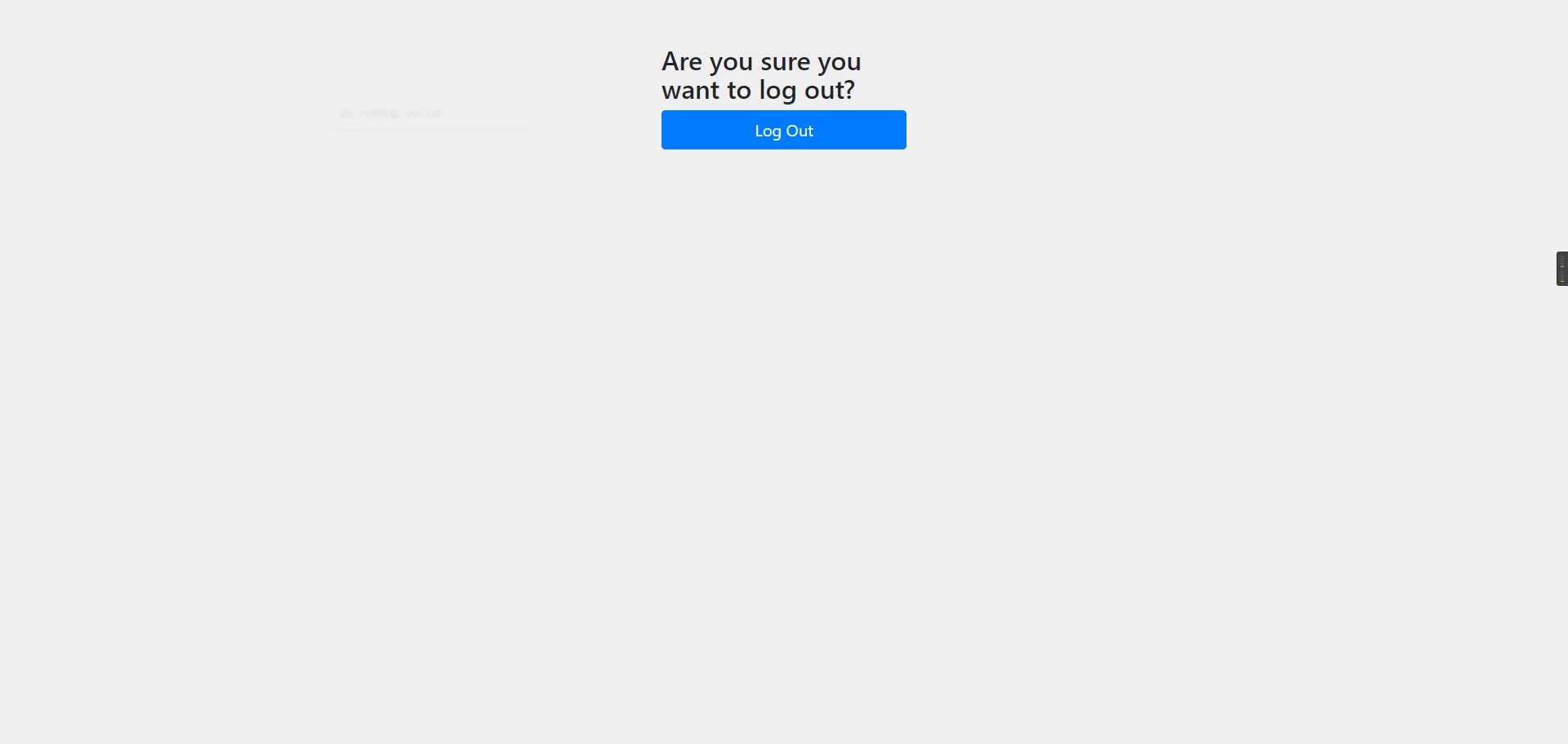
完整案例
1,引入maven依赖
<dependency>
<groupId>org.springframework.boot</groupId>
<artifactId>spring-boot-starter-security</artifactId>
</dependency>2,User类
package com.security.domain;
import com.baomidou.mybatisplus.annotation.IdType;
import com.baomidou.mybatisplus.annotation.TableId;
import com.baomidou.mybatisplus.annotation.TableName;
import io.swagger.annotations.ApiModelProperty;
import lombok.AllArgsConstructor;
import lombok.Data;
import lombok.NoArgsConstructor;
import java.io.Serializable;
/**
* @Program: SpringBoot
* @ClassName User
* @Author: liutao
* @Description: 用户类
* @Create: 2023-06-11 17:22
* @Version 1.0
**/
@Data
@AllArgsConstructor
@NoArgsConstructor
@TableName("sys_user")
public class User implements Serializable {
private static final long serialVersionUID = 1L;
@TableId(type = IdType.AUTO)
@ApiModelProperty("用户id")
private Integer id;
@ApiModelProperty("用户名")
private String username;
@ApiModelProperty("密码")
private String password;
@ApiModelProperty("性别")
private int sex;
@ApiModelProperty("年龄")
private int age;
}
3,实现UserDetails接口并重写所有方法
package com.security.domain;
import com.alibaba.fastjson.annotation.JSONField;
import lombok.Data;
import lombok.NoArgsConstructor;
import org.springframework.security.core.GrantedAuthority;
import org.springframework.security.core.authority.SimpleGrantedAuthority;
import org.springframework.security.core.userdetails.UserDetails;
import java.util.Collection;
import java.util.List;
import java.util.stream.Collectors;
/**
* @Program: SpringBoot
* @ClassName LoginUser
* @Author: liutao
* @Description: 登录用户
* @Create: 2023-06-11 18:17
* @Version 1.0
**/
@Data
@NoArgsConstructor
public class LoginUser implements UserDetails {
private User user;
private List<String> permissions;
@JSONField(serialize = false)
private List<GrantedAuthority> authorities;
public LoginUser(User user, List<String> permissions) {
this.user = user;
this.permissions = permissions;
}
@Override
public Collection<? extends GrantedAuthority> getAuthorities() {
if (authorities != null) {
return authorities;
}
// authorities = new ArrayList<GrantedAuthority>();
// // 封装权限信息 -》GrantedAuthority
// permissions.forEach(s -> {
// SimpleGrantedAuthority simpleGrantedAuthority = new SimpleGrantedAuthority(s);
// authorities.add(simpleGrantedAuthority);
// });
authorities = permissions.stream().map(SimpleGrantedAuthority::new).collect(Collectors.toList());
return authorities;
}
@Override
public String getPassword() {
return user.getPassword();
}
@Override
public String getUsername() {
return user.getUsername();
}
@Override
public boolean isAccountNonExpired() {
return true;
}
@Override
public boolean isAccountNonLocked() {
return true;
}
@Override
public boolean isCredentialsNonExpired() {
return true;
}
@Override
public boolean isEnabled() {
return true;
}
}
4,创建业务接口实现 UserDetailService接口 重写loadUserByUser(String s) 完成业务认证和授权
package com.security.service.impl;
import com.baomidou.mybatisplus.core.conditions.query.LambdaQueryWrapper;
import com.security.domain.LoginUser;
import com.security.domain.Role;
import com.security.domain.User;
import com.security.domain.UserRole;
import com.security.mapper.RoleMapper;
import com.security.mapper.UserMapper;
import com.security.mapper.UserRoleMapper;
import org.springframework.beans.factory.annotation.Autowired;
import org.springframework.security.core.userdetails.UserDetails;
import org.springframework.security.core.userdetails.UserDetailsService;
import org.springframework.security.core.userdetails.UsernameNotFoundException;
import org.springframework.stereotype.Service;
import java.util.ArrayList;
import java.util.Collections;
import java.util.List;
import java.util.Objects;
import java.util.stream.Collectors;
/**
* @Program: SpringBoot
* @ClassName service
* @Author: liutao
* @Description: 用户业务接口
* @Create: 2023-06-11 17:43
* @Version 1.0
**/
@Service
public class UserDetailsServiceImpl implements UserDetailsService {
@Autowired
private UserMapper mapper;
@Autowired
private UserRoleMapper userRoleMapper;
@Autowired
private RoleMapper roleMapper;
@Override
public UserDetails loadUserByUsername(String s) throws UsernameNotFoundException {
LambdaQueryWrapper<User> lambdaQueryWrapper = new LambdaQueryWrapper<User>();
lambdaQueryWrapper.eq(User::getUsername, s);
User user = mapper.selectOne(lambdaQueryWrapper);
if (Objects.isNull(user)) {
throw new UsernameNotFoundException("用户不存在");
}
//TODO 查询对应角色和权限信息 注意角色前一定要以“ROLE_”开头
// List<String> auths = new ArrayList<String>(Arrays.asList("ROLE_USER","sys:user"));
List<String> auths = new ArrayList<String>(Collections.emptyList());
// 通过用户id获取当前用户所有角色id
List<Integer> ids = userRoleMapper.selectList(
new LambdaQueryWrapper<UserRole>()
.eq(UserRole::getUserId, user.getId())
)
.stream()
.map(UserRole::getRoleId)
.collect(Collectors.toList());
// 获取角色
List<String> roles = roleMapper.selectBatchIds(ids)
.stream()
.map(Role::getFlag)
.collect(Collectors.toList());
auths.addAll(roles);
auths.add("sys:user");
return new LoginUser(user, auths);
}
}
6,配置核心配置文件
package com.security.config;
import com.security.filter.JwtAuthenticationTokenFilter;
import com.security.service.impl.UserDetailsServiceImpl;
import org.springframework.beans.factory.annotation.Autowired;
import org.springframework.context.annotation.Bean;
import org.springframework.context.annotation.Configuration;
import org.springframework.security.authentication.AuthenticationManager;
import org.springframework.security.config.annotation.authentication.builders.AuthenticationManagerBuilder;
import org.springframework.security.config.annotation.method.configuration.EnableGlobalMethodSecurity;
import org.springframework.security.config.annotation.web.builders.HttpSecurity;
import org.springframework.security.config.annotation.web.configuration.EnableWebSecurity;
import org.springframework.security.config.annotation.web.configuration.WebSecurityConfigurerAdapter;
import org.springframework.security.crypto.bcrypt.BCryptPasswordEncoder;
import org.springframework.security.crypto.password.PasswordEncoder;
import org.springframework.security.web.authentication.UsernamePasswordAuthenticationFilter;
/**
* @Program: SpringBoot
* @ClassName SecurityConfig
* @Author: liutao
* @Description: security配置类
* @Create: 2023-06-11 17:39
* @Version 1.0
**/
@Configuration
@EnableGlobalMethodSecurity(jsr250Enabled = true, prePostEnabled = true)
@EnableWebSecurity
public class SecurityConfig extends WebSecurityConfigurerAdapter {
@Autowired
private UserDetailsServiceImpl userDetailsService;
@Autowired
private PasswordEncoder passwordEncoder;
@Autowired
private JwtAuthenticationTokenFilter jwtAuthenticationTokenFilter;
@Override
protected void configure(AuthenticationManagerBuilder auth) throws Exception {
// 自定义用户认证
// auth.inMemoryAuthentication().withUser("admin").password("admin").roles("ADMIN");
// 数据库用户认证
auth.userDetailsService(userDetailsService).passwordEncoder(passwordEncoder);
}
/**
* anyRequest | 匹配所有请求路径
* access | SpringEl表达式结果为true时可以访问
* anonymous | 匿名可以访问
* denyAll | 用户不能访问
* fullyAuthenticated | 用户完全认证可以访问(非remember-me下自动登录)
* hasAnyAuthority | 如果有参数,参数表示权限,则其中任何一个权限可以访问
* hasAnyRole | 如果有参数,参数表示角色,则其中任何一个角色可以访问
* hasAuthority | 如果有参数,参数表示权限,则其权限可以访问
* hasIpAddress | 如果有参数,参数表示IP地址,如果用户IP和参数匹配,则可以访问
* hasRole | 如果有参数,参数表示角色,则其角色可以访问
* permitAll | 用户可以任意访问
* rememberMe | 允许通过remember-me登录的用户访问
* authenticated | 用户登录后可访问
*/
@Override
protected void configure(HttpSecurity http) throws Exception {
http
// CSRF禁用,因为不使用session
.csrf().disable()
// 禁用HTTP响应标头
.headers().cacheControl().disable().and()
// 过滤请求
.authorizeRequests()
// 对于登录toLogin 允许匿名访问
.mvcMatchers("/toLogin").permitAll().mvcMatchers("/css/**", "/js/**", "/swagger-resources/**", "/webjars/**", "/v2/**", "/doc.html", "/img/**", "/favicon.ico").permitAll()
// .antMatchers("/**")
// .hasAnyRole("USER")
// 除上面外的所有请求全部需要鉴权认证
.anyRequest().authenticated();
// .and()
// .formLogin()
// .loginProcessingUrl("/toLogin")
// .successForwardUrl("/home")
// .and()
// .httpBasic();
http.addFilterBefore(jwtAuthenticationTokenFilter, UsernamePasswordAuthenticationFilter.class);
}
@Bean
@Override
protected AuthenticationManager authenticationManager() throws Exception {
return super.authenticationManager();
}
@Bean
public BCryptPasswordEncoder passwordEncoder() {
return new BCryptPasswordEncoder();
}
}
7,抽离web接口代码
package com.security.service.impl;
import com.baomidou.mybatisplus.extension.service.impl.ServiceImpl;
import com.security.common.Result;
import com.security.domain.LoginUser;
import com.security.domain.User;
import com.security.domain.dto.UserDto;
import com.security.domain.vo.UserVo;
import com.security.mapper.UserMapper;
import com.security.service.UserService;
import com.security.utils.JwtUtil;
import com.security.utils.RedisUtil;
import org.slf4j.Logger;
import org.slf4j.LoggerFactory;
import org.springframework.beans.BeanUtils;
import org.springframework.beans.factory.annotation.Autowired;
import org.springframework.security.authentication.AuthenticationManager;
import org.springframework.security.authentication.UsernamePasswordAuthenticationToken;
import org.springframework.security.core.Authentication;
import org.springframework.security.crypto.bcrypt.BCryptPasswordEncoder;
import org.springframework.stereotype.Service;
import java.util.Objects;
import java.util.concurrent.TimeUnit;
/**
* @Program: SpringBoot
* @ClassName UserServiceImpl
* @Author: liutao
* @Description:
* @Create: 2023-06-12 00:51
* @Version 1.0
**/
@Service
public class UserServiceImpl extends ServiceImpl<UserMapper, User> implements UserService {
private static final Logger log = LoggerFactory.getLogger(UserServiceImpl.class);
@Autowired
private UserMapper mapper;
@Autowired
private RedisUtil redisUtil;
@Autowired
private AuthenticationManager authenticationManager;
@Autowired
private BCryptPasswordEncoder passwordEncoder;
@Override
public UserVo login(UserDto userDto) {
UsernamePasswordAuthenticationToken token = new UsernamePasswordAuthenticationToken(userDto.getUsername(), userDto.getPassword());
Authentication authentication = authenticationManager.authenticate(token);
if (Objects.isNull(authentication)) {
throw new RuntimeException("登录失败!");
}
LoginUser loginUser = (LoginUser) authentication.getPrincipal();
if (!passwordEncoder.matches(userDto.getPassword(), loginUser.getPassword())) {
throw new RuntimeException("密码错误");
}
UserVo userVo = new UserVo();
BeanUtils.copyProperties(loginUser.getUser(), userVo);
String jwtToken = JwtUtil.getToken(userVo.getId().toString());
String redisKey = "login:" + userVo.getId().toString();
log.info("当前登录用户:{}",loginUser);
redisUtil.set(redisKey, loginUser,20L, TimeUnit.MINUTES);
userVo.setToken(jwtToken);
return userVo;
}
}
8,web接口
package com.security.controller;
import com.security.common.Result;
import com.security.domain.dto.UserDto;
import com.security.domain.vo.UserVo;
import com.security.service.UserService;
import org.springframework.beans.factory.annotation.Autowired;
import org.springframework.security.access.prepost.PreAuthorize;
import org.springframework.web.bind.annotation.*;
/**
* @author TAOGE
*/
@RestController
public class BasicController {
@Autowired
private UserService userService;
@PostMapping("/toLogin")
public Result<UserVo> login(@RequestBody UserDto userDto) {
return Result.success("登录成功", userService.login(userDto));
}
@PreAuthorize("hasRole('ADMIN')")
@GetMapping("/hasRole")
public Result<String> hasRole() {
return Result.success("ADMIN");
}
@PreAuthorize("hasAuthority('sys:user')")
@GetMapping("/hasPerm")
public Result<String> hasPerm() {
return Result.success("sys:user");
}
}测试
1,启动服务

2,访问 /hasRole接口

3,认证授权

4,携带token访问 /hasRole 和 /hasPerm接口


结尾
到这里我们今天的SpringBoot整合和尝鲜SpringSecurity就结束了!!
欢迎双击点赞 666!!!
everybody see you!!!
阅读剩余
版权声明:
作者:涛哥
链接:https://ltbk.net/back/spring_family/spring-boot/article/1703.html
文章版权归作者所有,未经允许请勿转载。
作者:涛哥
链接:https://ltbk.net/back/spring_family/spring-boot/article/1703.html
文章版权归作者所有,未经允许请勿转载。
THE END

